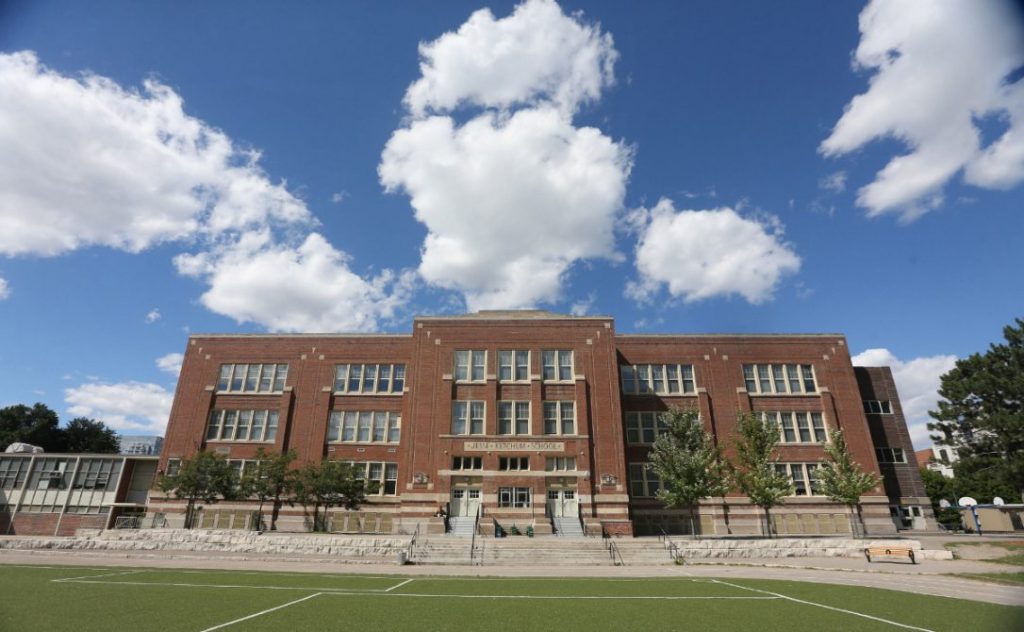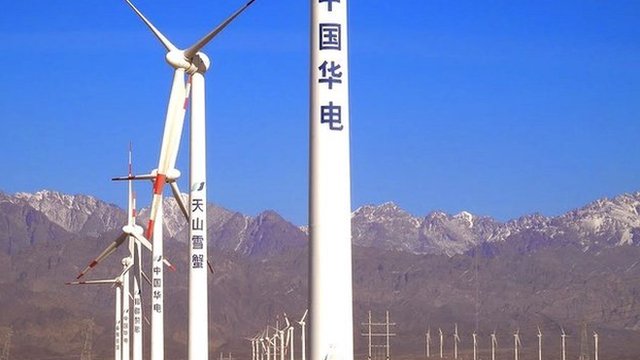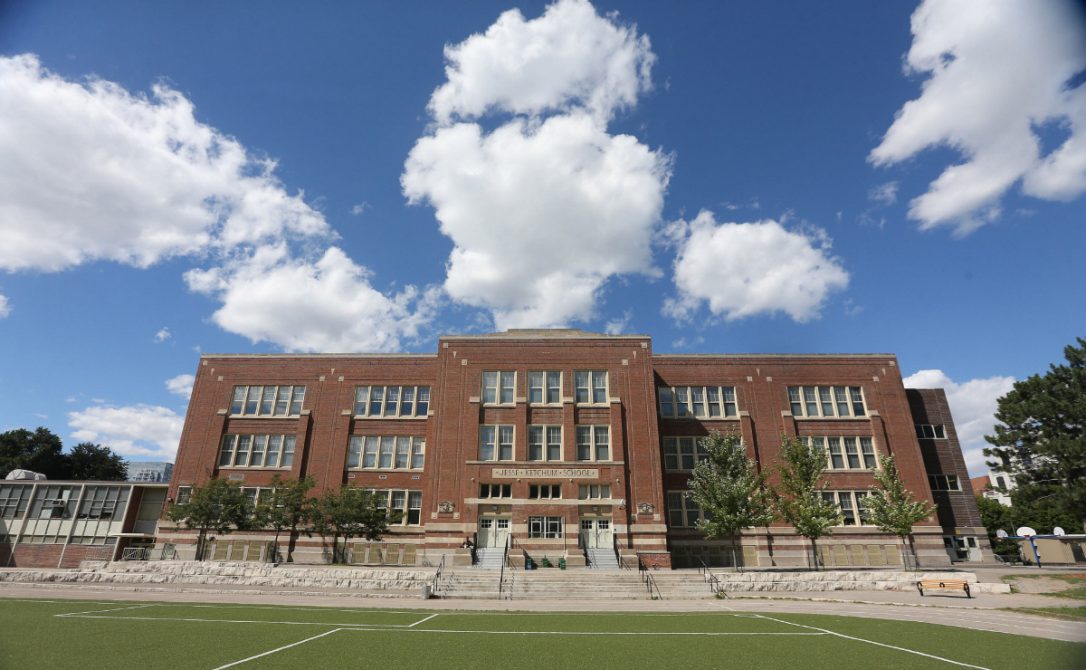The results are in, and Ontario’s latest cap-and-trade auction was another resounding success. Ontario businesses yet again showed confidence in Ontario’s system, purchasing 100% percent of permits available at the June 6th auction. In total, the auction raised over $504 million, on top of the $472 million raised in April. That’s nearly $1 billion that the province will put toward programs to reduce emissions and improve communities across the province, like the $200 million announced today that will go towards making schools in the province more energy efficient.

Businesses across the province are now literally invested in cap-and-trade, to the tune nearly $1 billion. We owe it to them to let this program run its course – so that the system is allowed to do its work, and companies and Ontarian’s have the longer-term certainty needed to make good decisions and investments into reducing carbon pollution.
Cap-and-trade is proven to be a successful and cost-effective policy. California – the world’s 6th largest economy – has cap-and-trade in place since 2012. The Golden State has seen local economic growth outpace national rates, and greenhouse gas emissions have dropped year over year.

Ontario’s revenue positive approach mirrors California. In addition to a hard cap on carbon emissions for polluters, incentives are being put in place that will drive businesses and the public towards a low-carbon economy. Increasingly, this economic trajectory is the only way forward, not only in Canada, but on the world stage. European leaders see no alternative but to continue to fight climate change, China is betting big on clean energy, and while the White House has other ideas, States, mayors and decisions makers cross the U.S. are picking up the (electric) torch and running with it.

Not only does cap-and-trade to help force emissions reductions, but it generates funds that can be used to make our homes, businesses and energy sources cleaner and more efficient.
We’re getting a sense of what those investments look like. Today, it was announced that $200 million from what is known as the Greenhouse Gas Reduction Account (GGRA) – which is where proceeds from cap-and-trade auctions are deposited – will go towards reducing energy use in schools by installing new energy efficient windows, lights and furnaces. As with most of Ontario’s building stock, the majority of schools were built well over 40 years ago and are in need of upgrades. Cap-and-trade is giving them new life, improving building efficiency and environmental performance.
While we’ve seen strong performances in the past two auctions, it’s important to remember that cap-and-trade is a market mechanism, and fluctuations are, and should be expected. The true success of carbon pricing lies in reducing greenhouse gas emissions, not in revenue generation. Despite detractors’ attempts to mislead the public, cap-and-trade is successfully reducing emissions in other jurisdictions. We have every expectation that Ontario’s program will also work as well, and will move the province further toward a clean economy.









